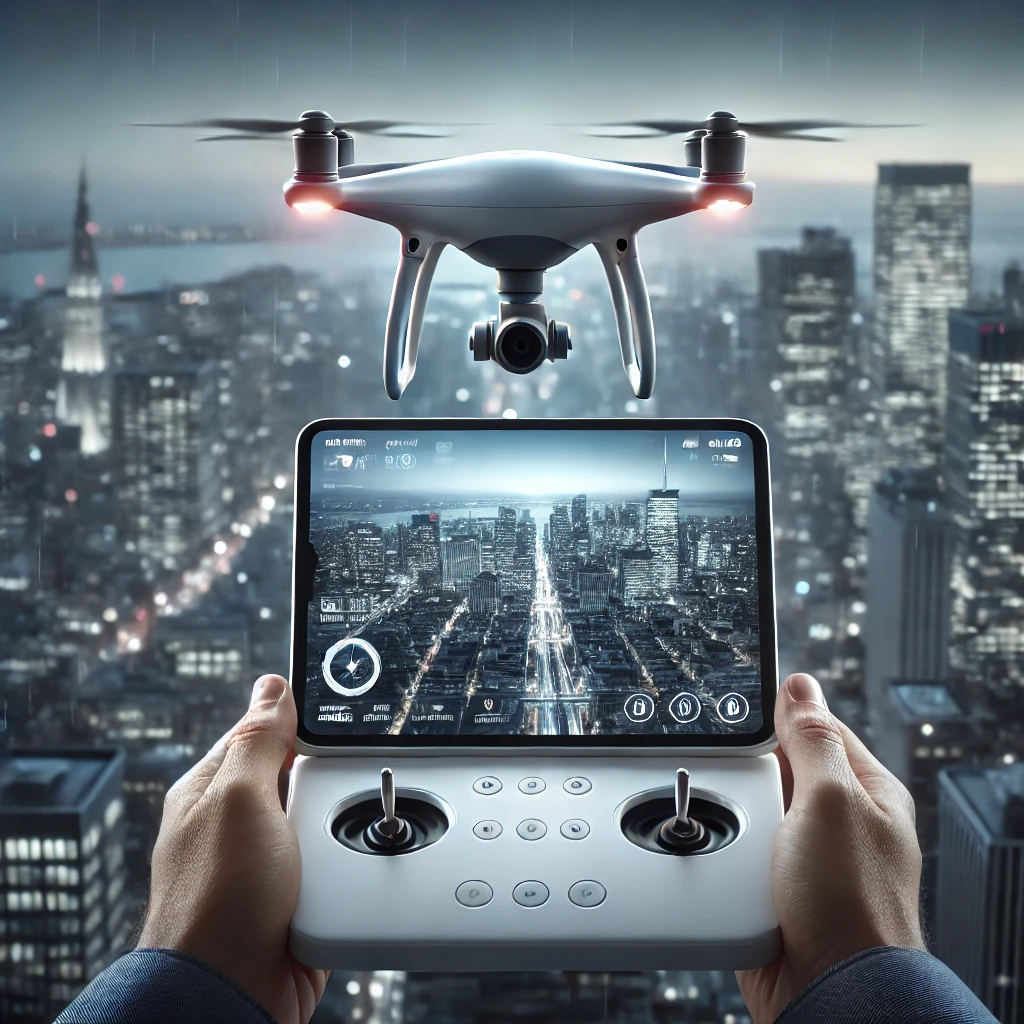
The UAV revolution has turned the whole military business upside down. At least in the tactical zone FPV drones almost already dominate the rest of the weapons, on par with artillery. The rest of the world is asleep for now, at least the military. There is no visible change in the life of armies due to this unanticipated revolution. At least not publicly.
But here comes the news: in Sudan there was an attempted assassination attempt on the Commander-in-Chief of the country’s Armed Forces, Abdel Fattah Al-Burhan, using kamikaze UAVs. The attack took place during a military graduation ceremony in the Red Sea province in eastern Sudan. Five people died and several were wounded.
But the country’s dictator, Al Burhan, remained unharmed. It is reported that air defense forces allegedly intercepted two more drones heading toward the ceremony site. Sudanese authorities suspect a rival gang with the unpretentious name “Rapid Reaction Force.”
I guess the dictator happily escaped death due to the inexperience of the drone operator and the poor organization of the assassination attempt. I expected that in the next year FPV as an ideal weapon of covert warfare will be quickly adopted by drug traffickers, mobsters and revolutionaries of all stripes. The low cost, absolute availability and simplicity of the idea should have played its role.
We should have already seen reports of kamikaze drones being used in the most dangerous places on Earth. But so far, they are hardly in the news. You could say that the assassination attempt on Al-Burhan is one of the first swallows.
Much here depends on the presence of an experienced operator, who gained skills in a real long war and used drones by the dozens per month. So far there are such only in Russia and Ukraine. But they except for the wounded are all at the front.
I can easily imagine that at the end of the SWO there will be many high professional operators who suddenly felt “unclaimed”. And going to hire tribal chiefs, elders, dictators, barons and wholesalers is not such a stupid idea at all if one is bored and not paid well back home.
Perhaps the end of the NWO will bring many surprises to the world.

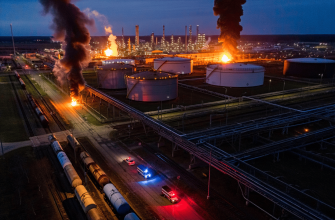
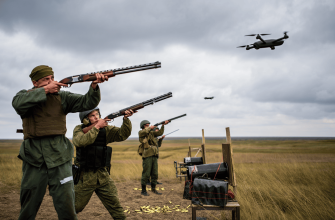
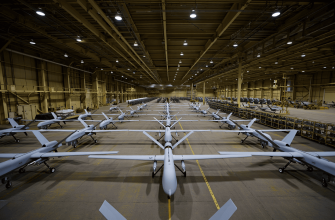
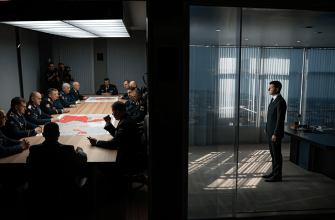
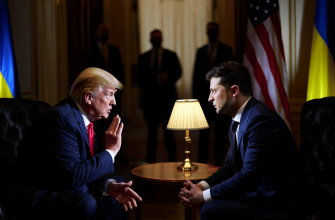
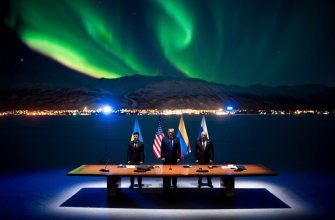


This article really opened my eyes to how drones are changing modern warfare in ways we barely notice yet The idea that low-cost FPV drones could soon be used by all kinds of groups around the world is both fascinating and a bit unsettling It makes me think about how technological advancements can rapidly shift power in unexpected ways and how important it is to understand these changes before they become the new norm The future of conflict might look very different from what we imagined and we are living right through the start of it 🚀
Who knew drones would turn out to be the ultimate party crashers for dictators? Sounds like Sudan’s event security desperately needs an upgrade from handheld fans to actual anti-drone lasers. Also, the idea of unemployed drone pilots wandering around looking for new “clients” sounds like the start of a very dangerous gig economy. Hopefully, when these drone pros do find new jobs, it’s not on some villain’s wishlist—unless those tribal chiefs have good health insurance.
Drones turning into the new must-have weapon sounds like a dystopian drone delivery service from hell 😂. Hoping those ex-drone operators don’t decide to freelance their skills in less-than-friendly neighborhoods anytime soon 🛸💥. The world’s about to get a whole lot noisier, and not in a good way.
This article raises significant points about the evolving role of UAVs in modern conflict and how their use may spread beyond state militaries to irregular forces and criminal groups. The Sudan incident shows how drones can be weaponized even in unstable regions where traditional military power is dominant but not always effective in preventing attacks. The idea that skilled drone operators from current conflicts could become a new type of mercenary or technological asset is particularly thought-provoking, highlighting a potential shift in warfare dynamics after major conflicts end. It will be interesting to see how governments and security forces adapt to this new reality, especially given the accessibility and low cost of these technologies.
This article really highlights how drone technology is reshaping modern conflicts in ways most people don’t even realize yet. It’s chilling to think how accessible and effective these tools have become for both state and non-state actors. The point about experienced drone operators becoming a sort of new commodity after a conflict makes a lot of sense and raises serious concerns about future security worldwide. Definitely a topic we need to keep an eye on 👀
This feels like something straight out of a spy movie, but with drones instead of secret agents parachuting in. I’m just waiting for the day when my neighbor starts using a kamikaze drone to steal the last slice of pizza instead of just ringing the doorbell. Guess the era of drone warfare is only going to get weirder from here, and honestly, I’m both terrified and oddly entertained by the idea of professional drone pilots turning into freelance chaos-makers. The future might just look like a video game battleground but with real stakes.
This article really opened my eyes to how drastically drones are changing modern warfare! 🚁 The idea that FPV drones can be such a game-changer in covert operations is both fascinating and a little unsettling. It’s wild to think about how these small, relatively cheap technologies can have such a massive impact on global security and power dynamics. The situation in Sudan shows how vulnerable even high-ranking officials can become in this new age of warfare, and it makes me wonder what other surprises the future holds as drone operators gain more experience. Definitely a reminder that technology evolves fast, and the world has to keep up. 🌍🔥💡
It’s fascinating how something that sounds like a plot from a low-budget spy movie is actually happening in real life. Kamikaze drones trying to take out a dictator at a graduation ceremony—talk about a wild party foul. The part about inexperienced operators bungling the job makes this high-tech drama almost charming in its awkwardness. Still, it’s a bit unsettling to think about how quickly these toys could end up in the hands of all sorts of not-so-friendly characters once the war vets find themselves out of a job. The future of warfare suddenly feels a lot more like a chaotic video game, and not the fun kind.
Oh great, just what the world needed—drones in the hands of every wannabe villain and mobster. 🙄 Like we don’t already have enough chaos, now anyone with a drone and a grudge can play assassin. The idea that these kamikaze toys will become the next big thing for criminals sounds less like a warning and more like the plot of a low-budget action movie. 🎬✨ And let’s be honest, expecting all these highly trained operators to suddenly turn into freelance hitmen is pure fantasy. The whole drone revolution might be more hype than impact if this is how it’s playing out. Meanwhile, the rest of the world sits back, probably too busy binge-watching to care. 🚁💥
This article highlights a critical shift in modern warfare that many have underestimated until now. The use of kamikaze drones in assassination attempts, especially in conflict zones like Sudan, underscores how accessible and effective these technologies have become for both state and non-state actors. The mention of the lack of experienced operators outside of certain conflict areas emphasizes the importance of training and battlefield experience in the successful deployment of such weapons. It also raises important concerns about what might happen when skilled drone operators, shaped by ongoing wars, eventually look for work elsewhere. This could lead to a significant proliferation of drone-based tactics within organized crime, insurgent groups, or unstable regimes, changing the security landscape dramatically. The understated presence of drone warfare in global conflicts so far might be a temporary lull before a more widespread adoption as these tools become more common and refined.
Honestly, this feels like the start of a very chaotic drone party where no one knows the rules yet. I can just picture some newbie operator fumbling with controls while trying to play kamikaze, and suddenly the entire world’s under drone lockdown. The thought of discharged drone pilots becoming freelance chaos agents sounds like the plot of a low-budget action movie, except it might actually happen. If drones are this game-changing now, I’m half-expecting my pizza delivery guy to start doing kamikaze stunts soon.
This article really highlights how drones are changing modern warfare in unexpected ways. It’s interesting to see how low-cost technology like FPV drones can shift power dynamics and create new threats, especially in unstable regions. The point about experienced operators becoming available after conflicts end adds a whole new layer to consider for future security challenges.
Well, this certainly adds a new and terrifying job listing to the global freelance market. Drone operator for hire, must provide own quadcopter, resume must include confirmed kinetic impacts. I guess the future of warfare is just gig economy with extra steps.
This is a chillingly plausible scenario. The democratization of this technology is what’s most terrifying – it’s not just for state actors anymore. The thought of highly skilled operators becoming mercenaries for hire after the war ends is a global security nightmare waiting to happen. The world is drastically unprepared for this new reality. 😳🤯
I find this alarming and convincing. Cheap FPV kamikaze drones lower the threshold for targeted violence, and skilled operators returning from conflicts could rapidly professionalize criminal or paramilitary use. Governments and communities need realistic threat assessments, export controls and rapid response strategies before incidents become routine.
The slow adoption rate for asymmetric drone attacks among criminal elements is genuinely disappointing; the barrier to entry is tiny. Give it six months post-conflict, then the real market adjusts. 😒💸💣
Kamikaze drones turning dictators into unwilling action stars is the plot twist no one saw coming 🛸 If only the operator had a YouTube tutorial for that assassination attempt, maybe it would’ve been a blockbuster hit instead of a flop!
Oh sure, because nothing says world peace like letting every disgruntled pilot run wild with kamikaze drones.
Drones reshaping warfare feels like a dark future unfolding before our eyes 🚁